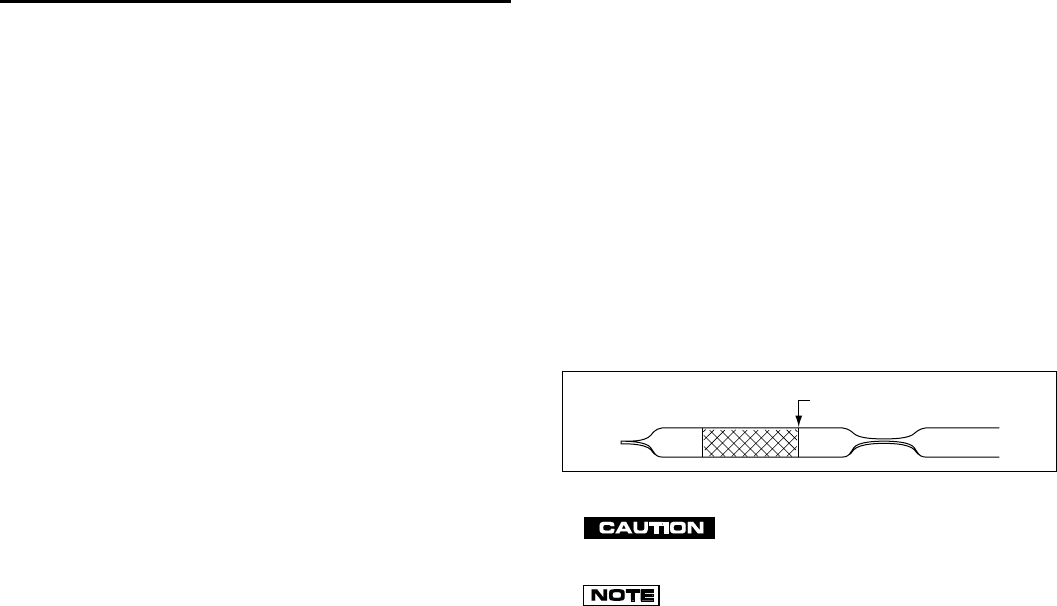
OPERATION AND SERVICE INFORMATION
3-13
Read all of manual to become thoroughly familiar with this vehicle. Pay particular attention to all Notes, Cautions and Warnings
is not designed to comply with any DOT requirements.
The vehicle should be operated by persons with a valid
driver’s license. Children should not operate this vehicle.
Refer to GENERAL SPECIFICATIONS for seating capacity.
Use the park brake when the vehicle is parked.
To prevent inadvertent movement when the vehicle is to
be left unattended, engage the park brake, move direction
selector to forward position, turn key to ‘OFF’ position and
remove key.
Make sure that the direction selector is in correct position
before attempting to start the vehicle.
Always bring the vehicle to a complete stop before shifting
the direction selector and/or differential lock.
Do not take vehicle out of ‘gear’ while in motion (coast).
Check the area behind the vehicle before operating in
reverse.
All occupants must be seated. Keep entire body inside
vehicle and hold on while vehicle is in motion.
The vehicle is not equipped with seat belts and is not
designed with roll over protection. The top and windshield
do not provide protection from falling or flying objects.
A motorcycle helmet and protective clothing are recom-
mended for operator and passenger at all times.
Do not permit anyone in the load bed while vehicle is in
motion.
Use caution when operating the electric dump. Do not
allow anyone behind the vehicle when operating the unit.
When operating the winch, observe all warnings and safe-
ty decals on the vehicle. Read, understand and follow the
instructions located in the front part of this manual.
Do not winch at an angle. Do not exceed winch capacity.
RUN-IN
Check for oil or fuel leaks that could have developed in shipment from
the factory. Avoid full throttle starts and rapid acceleration until the
engine has achieved operating temperature.
All engines consume more oil than normal during the first hours of
operation. As internal moving parts are run-in, oil consumption should
gradually decrease until the rate of consumption stabilizes.
Check the oil level per the Periodic Service Schedule. Add oil if the
level on the dipstick indicates that oil is in the add oil range (Ref Fig. 13
on page 3-13).
Never overfill the engine with oil,
foaming may result and oil may
enter the breather system.
Both the oil dipstick and fill cap must be in place
before operating the engine. Failure to install the
dipstick and fill cap will result in oil becoming contaminated and/
or oil being discharged into the engine compartment.
Fig. 13 Check Oil Level on Dipstick
Maximum oil level
DO NOT OVERFILL
ADD FULL


















